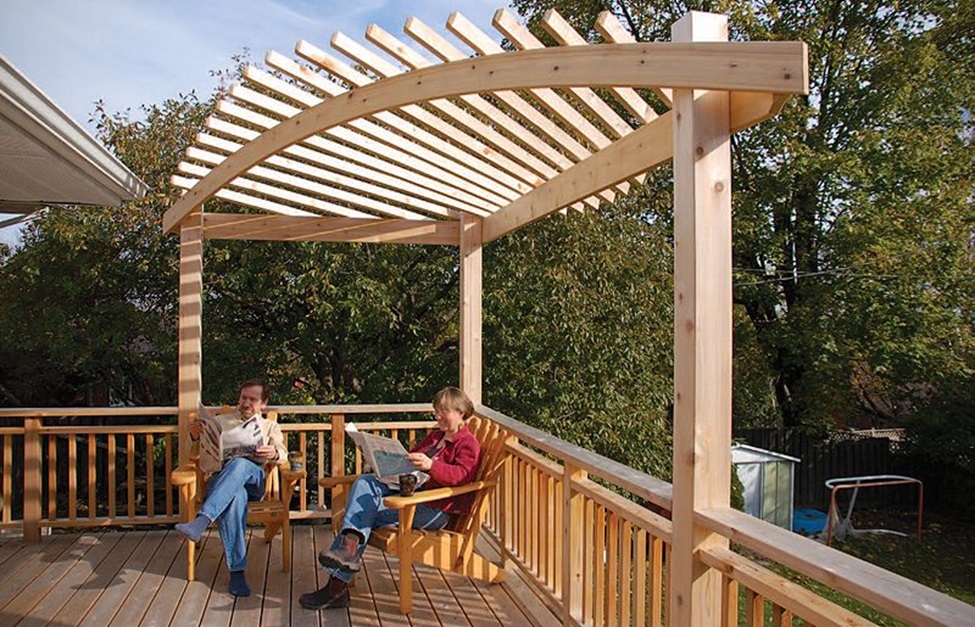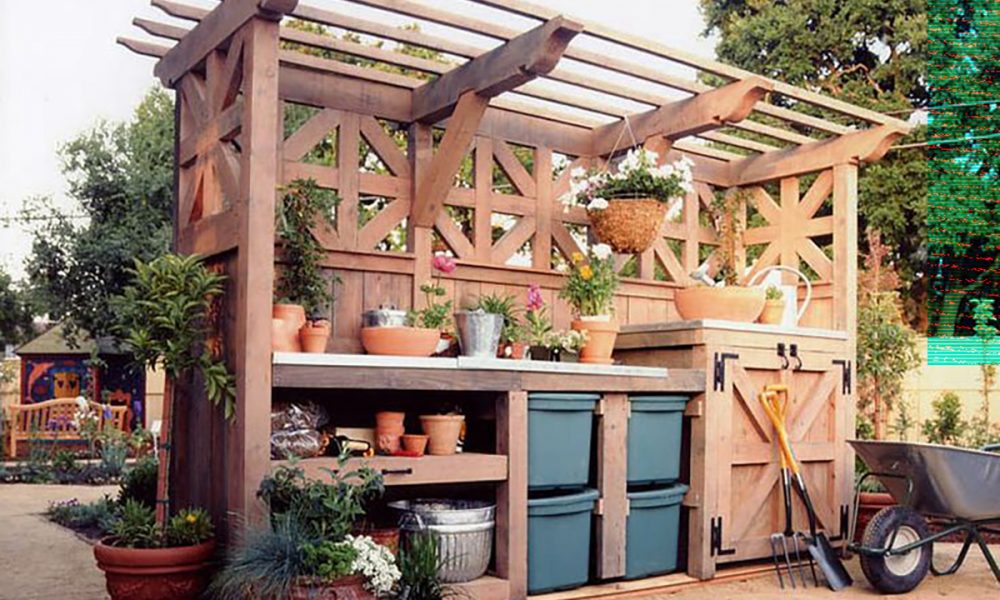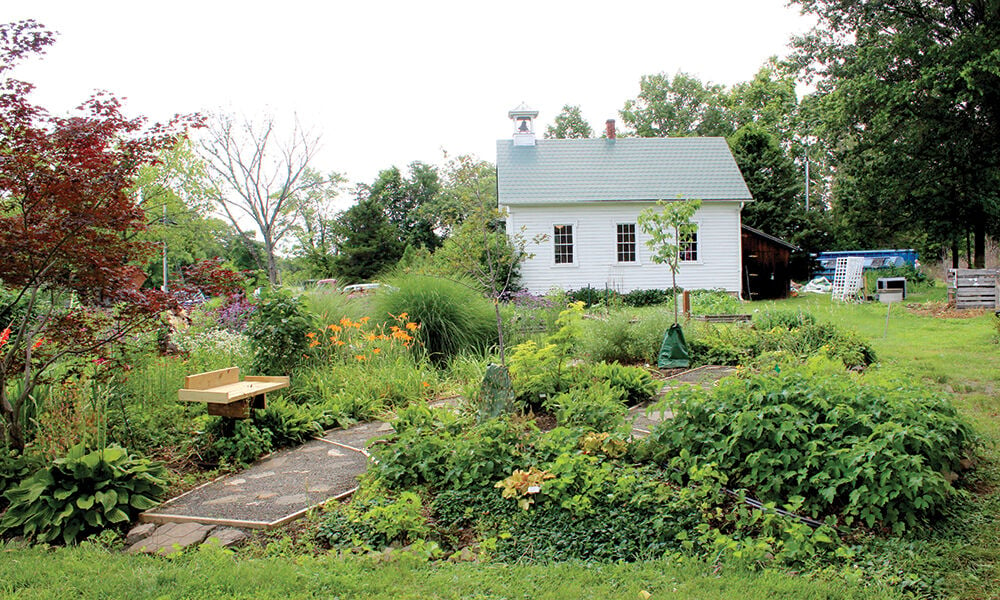Woodworking is a trade that combines creativity, skill, and a profound knowledge of the materials. Choosing the right wood is the most crucial element that can decide the outcome of your woodworking endeavor. When creating furniture, intricate designs, or even simple shelves, selecting the appropriate wood is crucial for successfully completing your venture.
In the woodworking world, the kind of wood you pick is like choosing the canvas for your masterpiece. The unique characteristics of various wood species can significantly impact the final look, durability, and endurance of your work. In this article, we’ll explore the art of selecting the best material for the landscaping project and cover everything from the characteristics of wood to compatibility with tools.
Wood Characteristics
Before you dive into the myriad of options for wood, it is important to know its fundamental characteristics. In general, wood is classified into three categories: softwood, hardwood, and even exotic wood. Hardwoods, like mahogany and oak, are renowned for their density and long-lasting properties. Softwoods, including cedar and pine are less heavy and are easier to use. Exotic woods, like Ipe and teak, have distinctive grains and patterns.
Project Requirements
The first step in choosing the best wood is to consider the needs of your project. Consider the intended usage of the product you’re designing -whether it’s a sturdy table, a stylish chair, or an attractive shelf. Each project will require distinct qualities from the wood you select, for example, strength, durability, and aesthetics.
Mastering the art of woodwork construction for landscapes is essential to crafting long-lasting and appealing structures from wood. The appropriate material is the cornerstone for your woodworking endeavor, like picking the ideal canvas.
Choosing an enduring material like softwood, hardwood, or exotic wood as the basis for your woodworking venture is important too. Understanding its fundamental characteristics – softwood vs hardwood and exotic wood differentiations included – is also key.
Common Wood Options
Once you’ve figured out the requirements of your project, We’ll look at some popular options for wood. Oak is a sturdy wood with a strong and distinctive grain pattern and is a favorite furniture option. The light color and smooth texture make it ideal for cabinetry. Walnut, renowned for its rich, deep-colored color, is typically used for top-end projects. Each type of wood comes with its pros and cons. Therefore, it’s important to match them to the requirements of your project.
Budget Considerations
While the appeal of exotic hardwoods seems evident, budget-consciousness can be a fact. However, options for those with a tight budget provide high quality. You can consider alternatives such as birch or pine, which are colored to replicate the appearance of expensive wood.
Environmental Sustainability
In this age of increased environmental awareness, selecting sustainable wood sources is essential. Consider options that are certified by organizations that promote sustainable forestry practices. Recycling or reclaimed wood is another sustainable option that adds character to your work while minimizing environmental impact.
Common Mistakes to Avoid
When you’re excited about launching an exciting new project, It’s easy to ignore the most important factors to consider when selecting wood. Avoid common mistakes, such as not preparing your wood properly, selecting the wrong type of wood, or not focusing on the environmental impacts. It’s better to make informed decisions now rather than later if you want to avoid problems.





